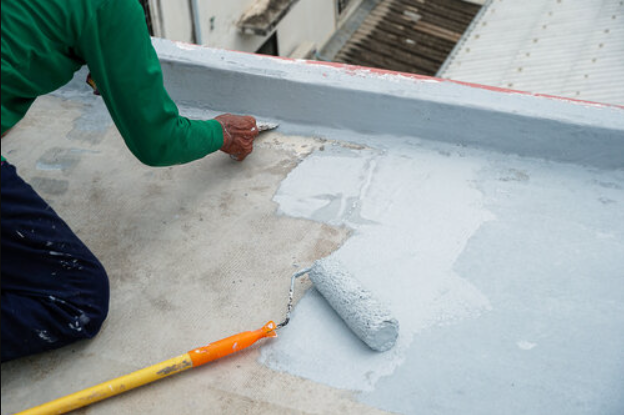Methylcellulose has the characteristics of toughness, flexibility, transparency, and adhesiveness, as well as its compatibility with common textile sizing agents and modifiers, making it suitable for warp sizing and fabric glazing. For example, 2.5% water-insoluble MC is dissolved in 5% NaOH aqueous solution to treat fabrics. After removing excess water, the fabric is coagulated with […]

The composition of silicate series cement can be categorized into raw materials for producing silicate cement clinker, gypsum, and mixed materials. (1) Composition materials of silicate series cement clinker Silicate series cement clinker comprises lime raw materials, clay raw materials, and iron ore powder. The lime raw materials are natural limestone, tuff and shells, which […]
Imagine a construction project where stones, sand, and masonry are magically transformed into a solid structure. This transformation is made possible by a fascinating process known as cementitious materials, a combination of physical and chemical reactions. These materials, classified into two categories based on their chemical composition, play a crucial role in construction. Inorganic cementitious […]
The previous section introduced the general physical properties of methylcellulose. Other performance indicators include methoxy content, viscosity, moisture, ash (in terms of sulfate), chloride (in terms of NaCl), alkalinity (in terms of NaOH), iron content, heavy metal (in terms of lead) acid esters, and relative density. The initial application of MC hinges on its water […]
The preparation of MC is to react cellulose with an alkali solution to generate alkali cellulose and then respond with methyl chloride under a certain pressure and temperature to obtain a crude product, which is separated, washed, dried, pulverized, and packaged to get the product. The preparation methods include the gas phase method, liquid phase […]
The concentration of the methylcellulose solution, whether it’s dissolved in water or organic solvents, is a crucial factor that should be determined based on the specific application and the type of product chosen. For low viscosity products (15~100mPa·s), a concentration of 10% and 15% is recommended, while high viscosity products (400 75000mPa ·s) should not exceed […]
Waterproof mortar can be divided into two categories: ready-mixed and dry mortar, according to its supply form (whether water has been added for mixing). The production processes of the two are also different. In the past, mortars were mixed on construction sites using hand batching and free-fall mixers. This method, while requiring a small investment, […]
Methyl cellulose ether is one of the essential additives in dry-mixed mortar products. It is used with Redispersible Polymer powder to modify ordinary cement mortar and gypsum-based products synergistically. The enormous contribution of methyl cellulose ether is its water retention and thickening effect. For example, an aerated concrete block is a lightweight new wall material […]
The concentration of the methylcellulose solution, whether it’s dissolved in water or organic solvents, is a crucial factor that should be determined based on the specific application and the type of product chosen. For low viscosity products (15~100mPa·s), a concentration of 10% and 15% is recommended, while high viscosity products (400 75000mPa ·s) should not exceed […]
Waterproof mortar is different from concrete as a structural material. In addition to the required strength, waterproof mortar is mainly required to meet the functions of water retention, bonding, waterproofing, crack resistance, impact resistance, freeze-thaw resistance, high-temperature resistance, and thermal insulation, so the product’s composition is relatively complex. The development and production of waterproof mortar […]













